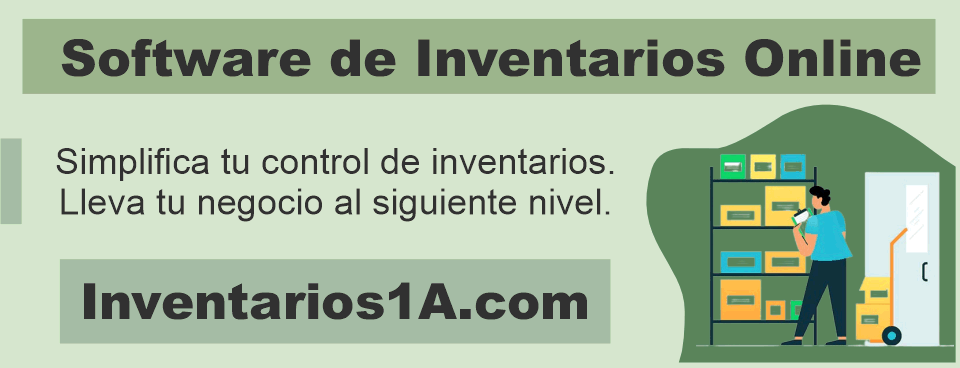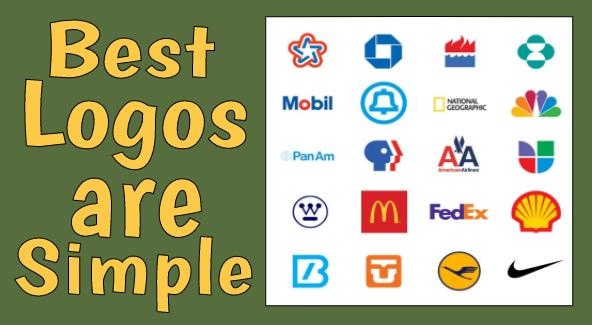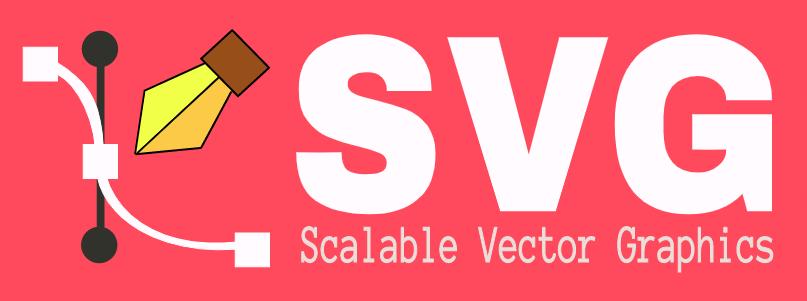The Advantages of Minimalist Design

In the ever-evolving world of design, minimalism stands as a timeless and compelling approach. Its simplicity and focus on essential elements have made it a powerful tool for designers across various disciplines. In this essay, we will explore the advantages of minimalist design, compare it to other design styles, discuss where it is best applied, and delve into current trends.
Minimalist Design vs. Other Styles
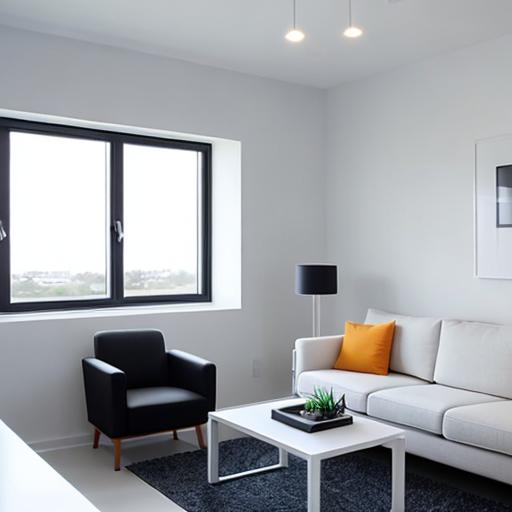
Minimalist design, as the name suggests, is characterized by its simplicity and emphasis on the fundamental elements of design: space, color, typography, and form. This design philosophy advocates for the removal of unnecessary embellishments and distractions, leaving behind a clean and uncluttered aesthetic. In contrast to other styles such as maximalism, which celebrates excess and complexity, minimalism promotes a sense of calm and clarity.
One of the key advantages of minimalist design is its versatility. It can be seamlessly integrated into various contexts and industries, making it an attractive choice for both digital and physical design. Whether it's a website, product packaging, interior space, or even a piece of art, minimalist design can adapt and enhance its surroundings.
Where Minimalist Design Thrives
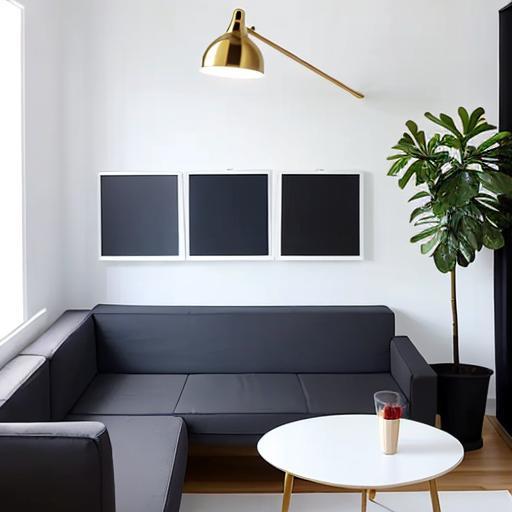
Minimalism thrives in environments where clarity and functionality are paramount. Here are a few areas where it excels:
- Web Design: Minimalist websites are renowned for their user-friendly interfaces. By eliminating distractions and focusing on essential content, they offer a seamless and enjoyable browsing experience. In today's digital age, where attention spans are limited, minimalist web design helps users find what they need quickly.
- Interior Design: Minimalist interior design emphasizes open spaces, clean lines, and a limited color palette. It creates an uncluttered and serene atmosphere, making it particularly popular in homes, offices, and public spaces seeking a sense of tranquility and order.
- Product Design: When it comes to physical products, minimalism often translates to sleek and functional designs. Companies like Apple have demonstrated how minimalist product design can elevate user experience by simplifying complex technology.
Trends in Minimalist Design
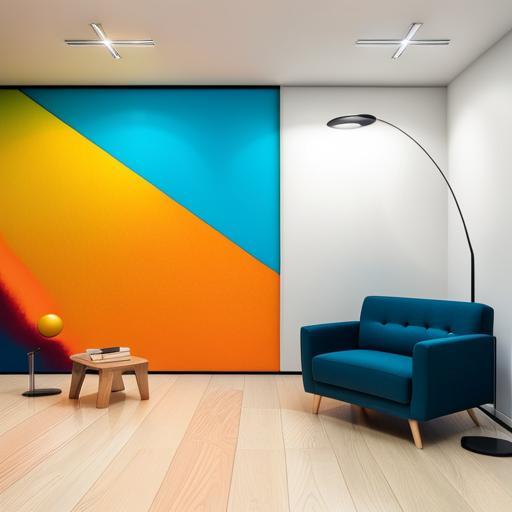
Minimalism continues to evolve, and current trends within this design style are worth exploring. Some contemporary minimalist design trends include:
- Sustainable Minimalism: Minimalist design intersects with sustainability as it promotes the idea of "less is more." Many designers are incorporating eco-friendly materials and practices into minimalist design to create products and spaces that are both aesthetically pleasing and environmentally responsible.
- Minimalist Art and Illustration: Minimalist art has gained popularity in recent years, with artists using simplicity to convey complex ideas and emotions. This trend highlights the power of minimalism in storytelling and visual communication.
- Typography-Driven Design: Typography takes center stage in minimalist design. Designers are experimenting with creative typography choices, using bold fonts and innovative layouts to make a statement.
In conclusion, minimalist design offers numerous advantages, from its adaptability to its ability to create clarity and focus. It stands in contrast to other design styles, and its applications are vast, spanning web design, interior design, product design, and more. By staying attuned to current trends, designers can continue to harness the timeless appeal and functionality of minimalism in their creative endeavors.
Key Principles for Minimalist Interior Design
Minimalist interior design is an artful balance of simplicity and functionality. To create a harmonious and visually appealing space, consider the following key principles:
- Simplified Color Palette: Opt for a neutral color palette consisting of whites, grays, and earthy tones. Minimalist interiors often use a single dominant color, creating a serene and uncluttered atmosphere.
- Streamlined Furniture: Choose furniture pieces with clean lines and simple shapes. Avoid ornate detailing or excessive decoration. Minimalist furniture should be functional and unobtrusive.
- Decluttered Spaces: Keep surfaces free of unnecessary items and clutter. Only display items that serve a purpose or hold sentimental value. Storage solutions should be discreet and integrated into the design.
- Focus on Functionality: Prioritize functionality in every design decision. Furniture and decor should enhance the usability of the space. Multi-purpose furniture and hidden storage solutions are excellent choices.
- Quality over Quantity: Invest in high-quality, durable materials and furnishings. Fewer well-chosen pieces are preferable to an abundance of lesser-quality items.
- Thoughtful Lighting: Use lighting strategically to enhance the space. Incorporate natural light whenever possible and use ambient, task, and accent lighting to create depth and visual interest.
- Embrace Negative Space: Allow for ample negative space in the room. Empty areas help create a sense of calm and draw attention to the essential elements in the design.
- Limited Decor: Choose decor items sparingly and with intention. Select a few carefully curated pieces that complement the design and add character without overwhelming the space.
- Textural Contrast: Introduce texture through textiles, flooring, and wall treatments. Subtle textural contrasts can add depth and warmth to the minimalist space.
- Balance and Symmetry: Strive for visual balance and symmetry in the room's layout and arrangement. This creates a sense of order and harmony.
- Clear Lines and Geometry: Employ geometric patterns and straight lines in the design. Symmetrical arrangements and crisp angles contribute to the minimalist aesthetic.
- Natural Elements: Incorporate natural materials like wood, stone, and plants to bring warmth and a touch of nature into the space. These elements add visual interest without clutter.
- Personal Touch: While minimalism is about simplicity, it should also reflect your personal style and preferences. Choose decor and furnishings that resonate with you and create a sense of comfort.
- Continuity and Flow: Maintain a sense of continuity throughout the space by using consistent materials, colors, and design elements. This ensures a cohesive and unified look.
By adhering to these key principles, you can achieve a successful minimalist interior design that embodies simplicity, functionality, and aesthetic appeal while creating a serene and inviting living environment.
